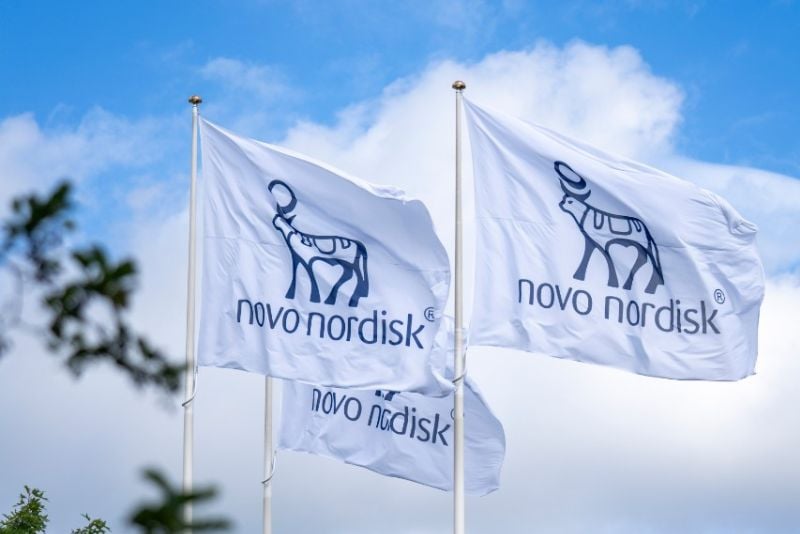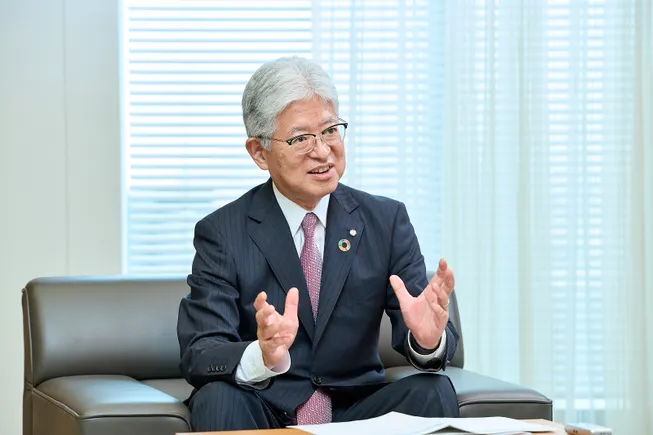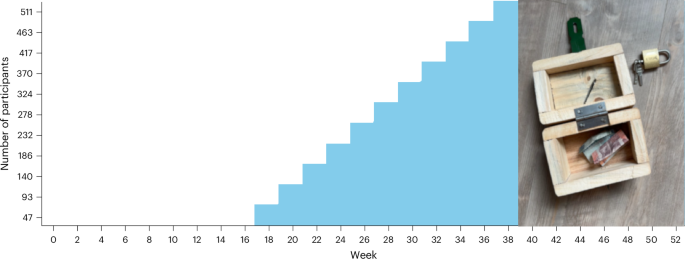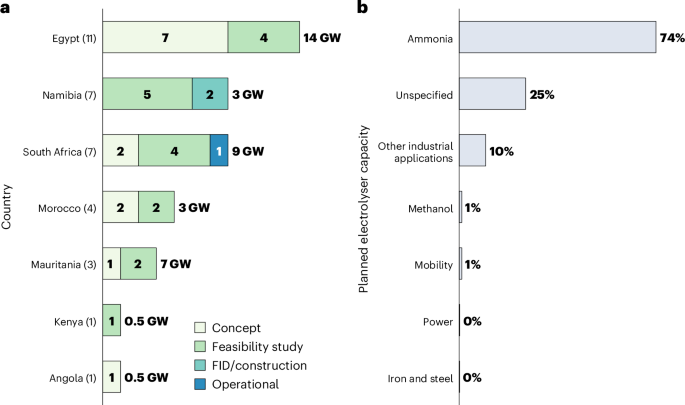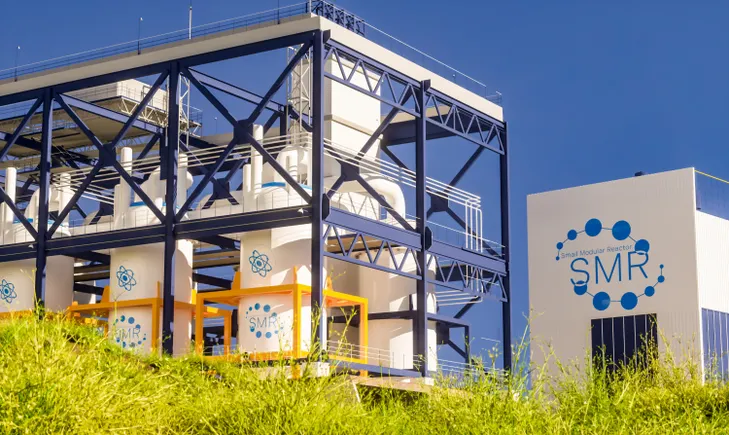Modulating Double‐Layer Solvation Structure via Dual‐Weak‐Interaction for Stable Sodium‐Metal Batteries
Advanced Energy Materials, Volume 15, Issue 20, May 27, 2025.

A dual-weak-interaction electrolyte (1-T/B) has been developed, which can be attributed to its unique solvation structure constructed by the dipole interactions between THF and DBE. This double-layer solvation structure dominated by contact ion pairs and aggregates can promote to deriving of inorganic-rich SEI film, resulting in smooth and dendrite-free sodium-metal deposition.
Abstract
Sodium-metal batteries are the most promising low-cost and high-energy-density new energy storage technology. However, the sodium-metal anode has poor reversibility, which can be optimized by constructing the robust solid electrolyte interphase (SEI). Here, a concept of dual-weak-interaction electrolyte (DWIE) is demonstrated, its double-layer solvation structure is composed of weakly solvated tetrahydrofuran as the inner layer, and dipole interaction are introduced in the outer layer by dibutyl ether. This double-layer solvation structure dominated by contact ion pairs and aggregates can promote to deriving of inorganic-rich SEI film, resulting in smooth and dendrite-free sodium-metal deposition. By adjusting the molecular configuration of dibutyl ether to diisobutyl ether, the dipole interaction is further enhanced, resulting in stronger weakly solvating effect. Thus, the Na||Cu cells using the optimized DWIE achieved a high Coulombic efficiency of 99.22%, surpassing most electrolyte design strategies. Meanwhile, at 5C, the Na3V2(PO4)3 (NVP)||Na cell achieves stable cycling exceeding 3000 cycles. Even under rigorous conditions of ≈8.8 mg cm−2 NVP loading and 50 µm thickness Na, the full cell can achieve a long cycling lifespan of 217 cycles. The pioneering concept paves the way for crafting readily achievable, cost-effective, and eco-friendly electrolytes tailored for SMBs, and offers potential applications in other battery systems.



























![New York City Officially Has Mechanical Garbage Trucks Now [Update]](https://www.jalopnik.com/img/gallery/new-york-city-officially-has-mechanical-garbage-trucks-now/l-intro-1749064637.jpg?#)




























